Happy Friday, blanchetters!
We continue to get awesome interviews with Cate as part of promotion for Nightmare Alley. Searchlight Pictures released new interview with Cate and Bradley Cooper. She also talked about Don’t Look Up and her upcoming projects. Sirius XM uploaded another short video which was part of the podcast interview with them. Listen to the podcast interviews below. Beware of spoilers, especially at the second half of the conversation with Bradley Cooper!
Cate Blanchett on playing a murderous psychoanalyst in Nightmare Alley
‘It’s about unlocking the human monster’: The actor discusses her role in Guillermo del Toro’s new film noir, which takes us into the bizarre world of carnivals
The Pat Kenny Show
5 Minutes On – Cate Blanchett – “how we’ve lost the meaning of truth”
The Australian’s latest role as a psychoanalyst in Guillermo del Toro’s ‘Nightmare Alley’ has already secured her a nomination at next month’s Screen Actors Guild Awards. The film is a neo-noir psychological thriller set in the 1940s about a conman, played by Bradley Cooper, who starts believing his own lie. Cate Blanchett thinks it’s a theme that will resonate in today’s world, in which she says the truth has been politicised – and the confusion between fact and fiction has created a challenging environment for us all. For 5 Minutes On, she’s been talking to our entertainment correspondent, Colin Paterson, about the film, the future of cinema – and how during lockdown the only way she could engage her seven-year-old in home schooling was to dress up as her teacher and impersonate her voice.
Cate Blanchett on Her Double Oscar Buzz, Skipping ‘Ricardos’ and New Pedro Almodóvar Movie
Cate Blanchett delivers two outstanding performances that are both in the awards conversation this year: “Don’t Look Up” and “Nightmare Alley.” The star shepherds grace and a hypnotic trance that has the viewer hanging on every single word she releases.
With another impressive turn in Adam McKay’s “Don’t Look Up,” Blanchett is a contender in what is easily our strongest field of supporting actress contenders in the last 30 years. Blanchett was shortlisted at BAFTA for “Don’t Look Up,” and also picked up a SAG Award nod for Guillermo del Toro’s “Nightmare Alley.”
Variety’s Awards Circuit Podcast recently spoke with Blanchett about her double dip in the awards arena this season, and having to turn down the role of Lucille Ball in Aaron Sorkin’s “Being the Ricardos,” which ultimately went to Nicole Kidman. Plus, the Australian actor talks about her next project with Pedro Almodóvar and why she thinks it’s important to get back to movie theaters.
In what was reported exclusively on Variety, Blanchett will next work with Almodóvar on “A Manual for Cleaning Women,” his first English-language feature, which she will star in and also produce.
She also discusses her other upcoming movies like “TÁR” from Todd Field, “Pinocchio” from Guillermo del Toro and “Borderlands” from Eli Roth. Another possible project in the works is Francis Ford Coppola’s “Megalopolis,” which she’s been rumored to be circling alongside other stars such as Oscar Isaac and Zendaya. Isaac was said to be in discussions to play Desi Arnaz in Aaron Sorkin’s “Being the Ricardos” around the time that Blanchett was being eyed to play Lucille Ball.
“It became the movie it needed to be,” she says of what ultimately transpired with “Ricardos.” “Those things happen in the right way, at the right time. In the best possible way, you don’t always envisage the same thing; and then it goes on to become a different entity.” As for the possibility of working with Coppola she says, “When Francis calls, you just have to say yes. Because you’re on the epic, life-changing adventure ride. You’re on that roller coaster. I’m ready for that.”
“Don’t Look Up” is distributed by Netflix and is now streaming on the platform. “Nightmare Alley” is distributed by Searchlight Pictures and is now playing in theaters.
Sirius XM
 Welcome to Cate Blanchett Fan, your prime resource for all things Cate Blanchett. Here you'll find all the latest news, pictures and information. You may know the Academy Award Winner from movies such as Elizabeth, Blue Jasmine, Carol, The Aviator, Lord of The Rings, Thor: Ragnarok, among many others. We hope you enjoy your stay and have fun!
Welcome to Cate Blanchett Fan, your prime resource for all things Cate Blanchett. Here you'll find all the latest news, pictures and information. You may know the Academy Award Winner from movies such as Elizabeth, Blue Jasmine, Carol, The Aviator, Lord of The Rings, Thor: Ragnarok, among many others. We hope you enjoy your stay and have fun! 
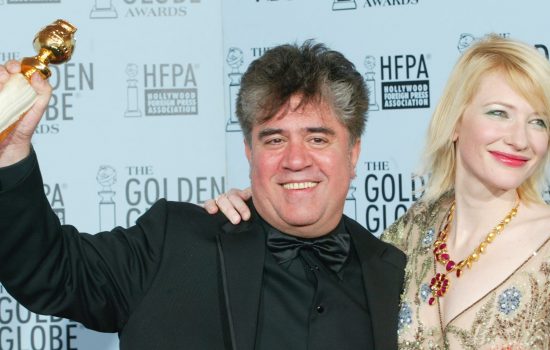
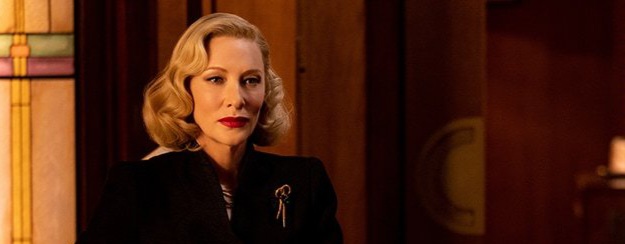

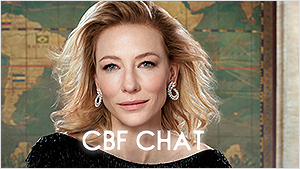
 Black Bag (202?)
Black Bag (202?) Father Mother Brother Sister (2024)
Father Mother Brother Sister (2024) Disclaimer (2024)
Disclaimer (2024)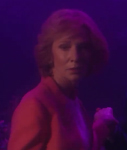 Rumours (2024)
Rumours (2024)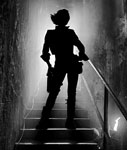 Borderlands (2024)
Borderlands (2024) The New Boy (2023)
The New Boy (2023) TÁR (2022)
TÁR (2022)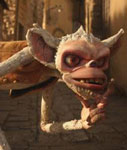 Guillermo Del Toro’s Pinocchio (2022)
Guillermo Del Toro’s Pinocchio (2022)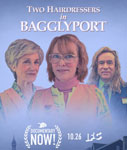 Documentary Now!: Two Hairdressers in Bagglyport (2022)
Documentary Now!: Two Hairdressers in Bagglyport (2022)












